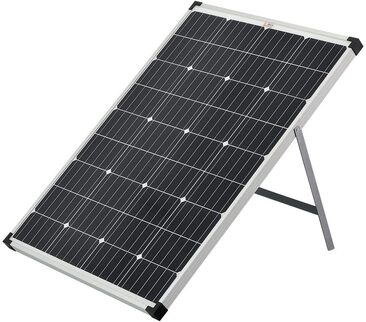Hi, I'm planning to install a 3 x 100W renogy panels on my front porch metal awning, connecting them in series, producing 50 - 60 Voc or Vmp, and feed it to a 20A Rover MPPT (https://www.amazon.ca/gp/product/B08CXLHTM9/ref=ask_ql_qh_dp_hza?th=1), it says max VDC input is 100V. Then use it to charge a 24V LFP battery (actually 2x 12V 100AH in series). Since the max theoretical power from the solar panels are 300W, and charging voltage will be around 28V, the max current should be around 10A, much less than than 20A max. supported by MPPT.
The product I'm considering to purchase is https://www.amazon.ca/gp/product/B06WGW485F/ref=ox_sc_act_title_2?smid=A3S4P673KUAQ8Y&th=1 which is a 100W panel with 20A rover MPPT, and then I'll buy two more 100W panels to add them in series.
Do you see any problem with my setup?
Also, for securing these panels on the metal awning, do I need to purchase rails? or can I just drill some holes on the awning and fastening the panels down with nuts and bolts?
The product I'm considering to purchase is https://www.amazon.ca/gp/product/B06WGW485F/ref=ox_sc_act_title_2?smid=A3S4P673KUAQ8Y&th=1 which is a 100W panel with 20A rover MPPT, and then I'll buy two more 100W panels to add them in series.
Do you see any problem with my setup?
Also, for securing these panels on the metal awning, do I need to purchase rails? or can I just drill some holes on the awning and fastening the panels down with nuts and bolts?




